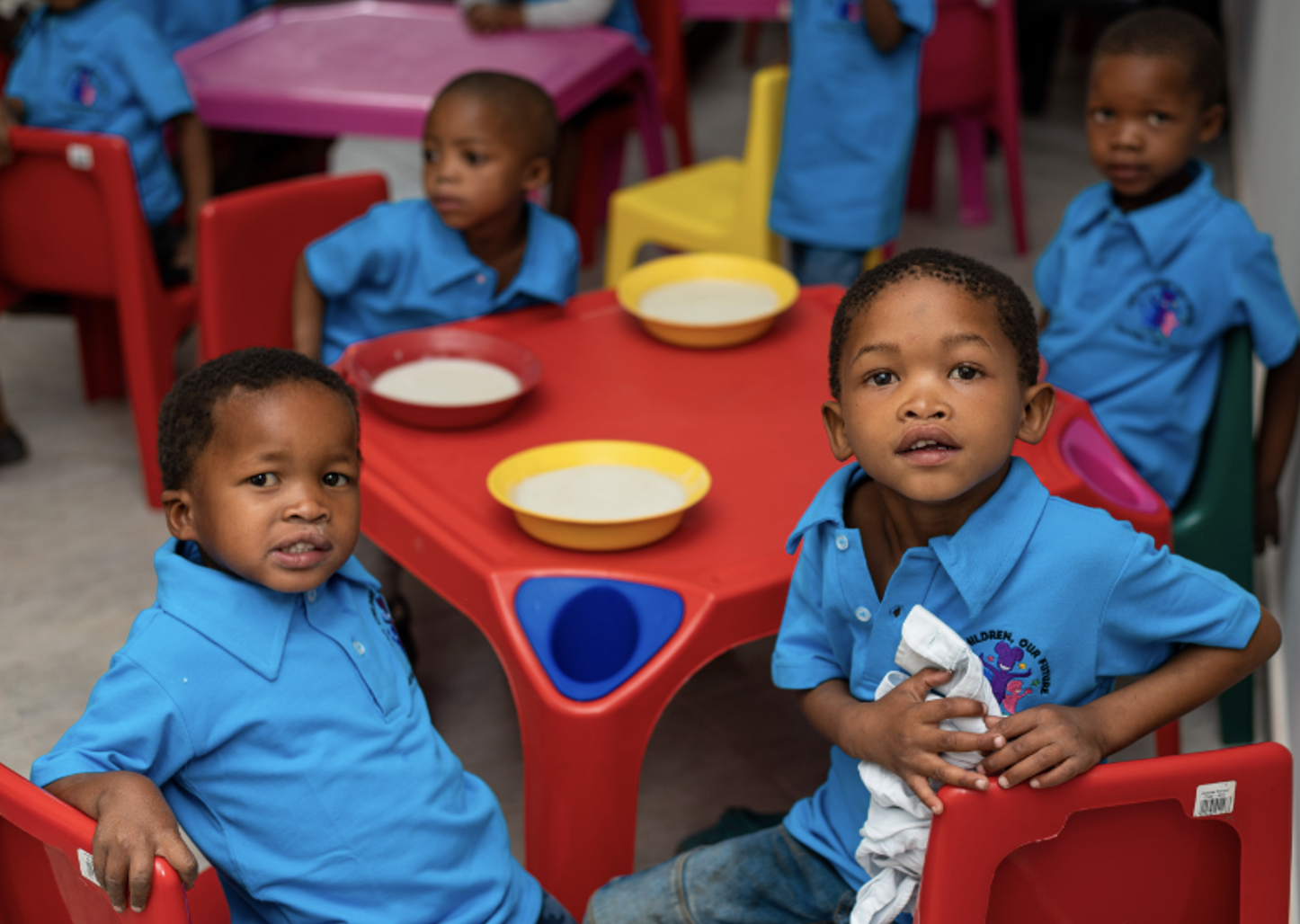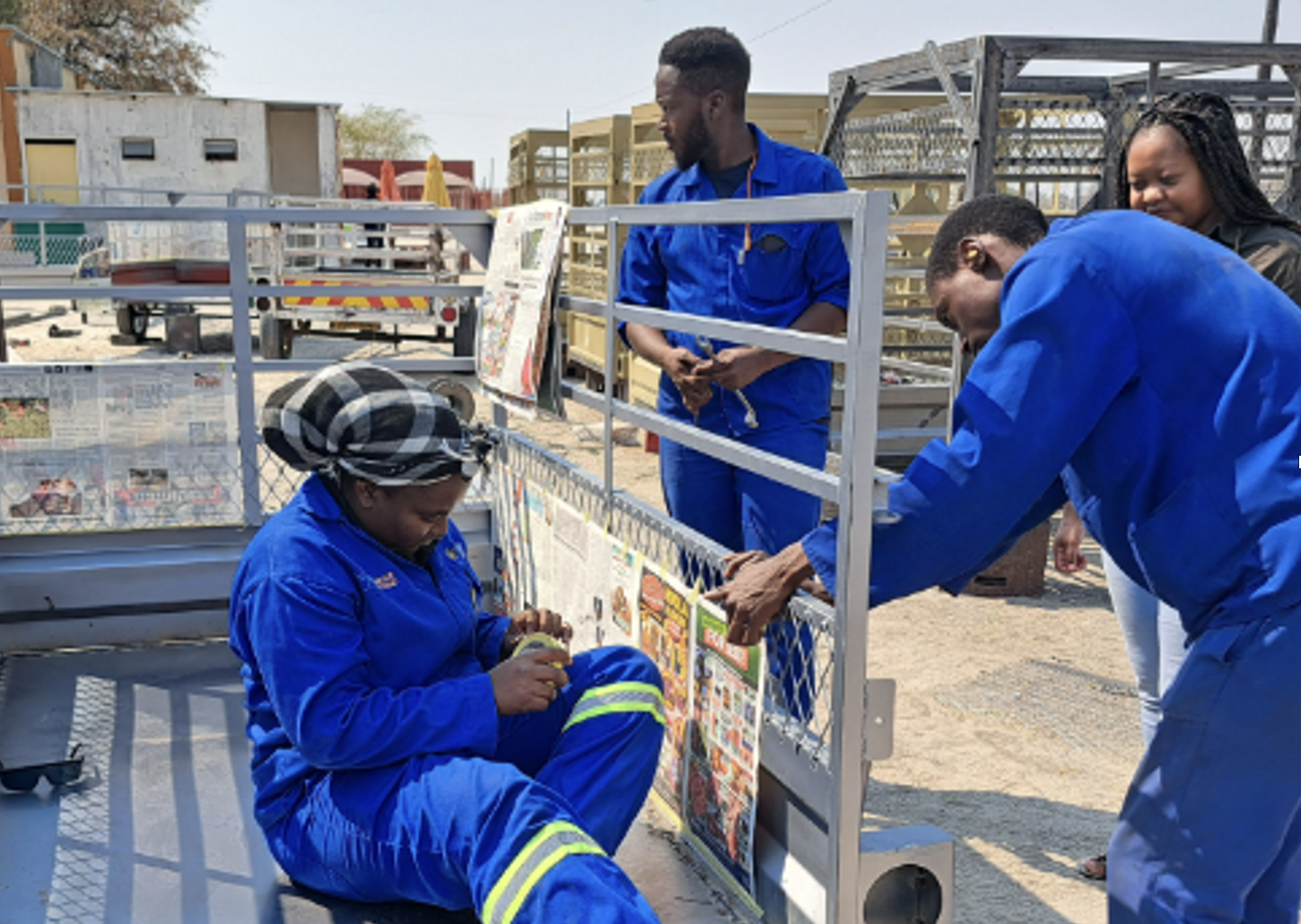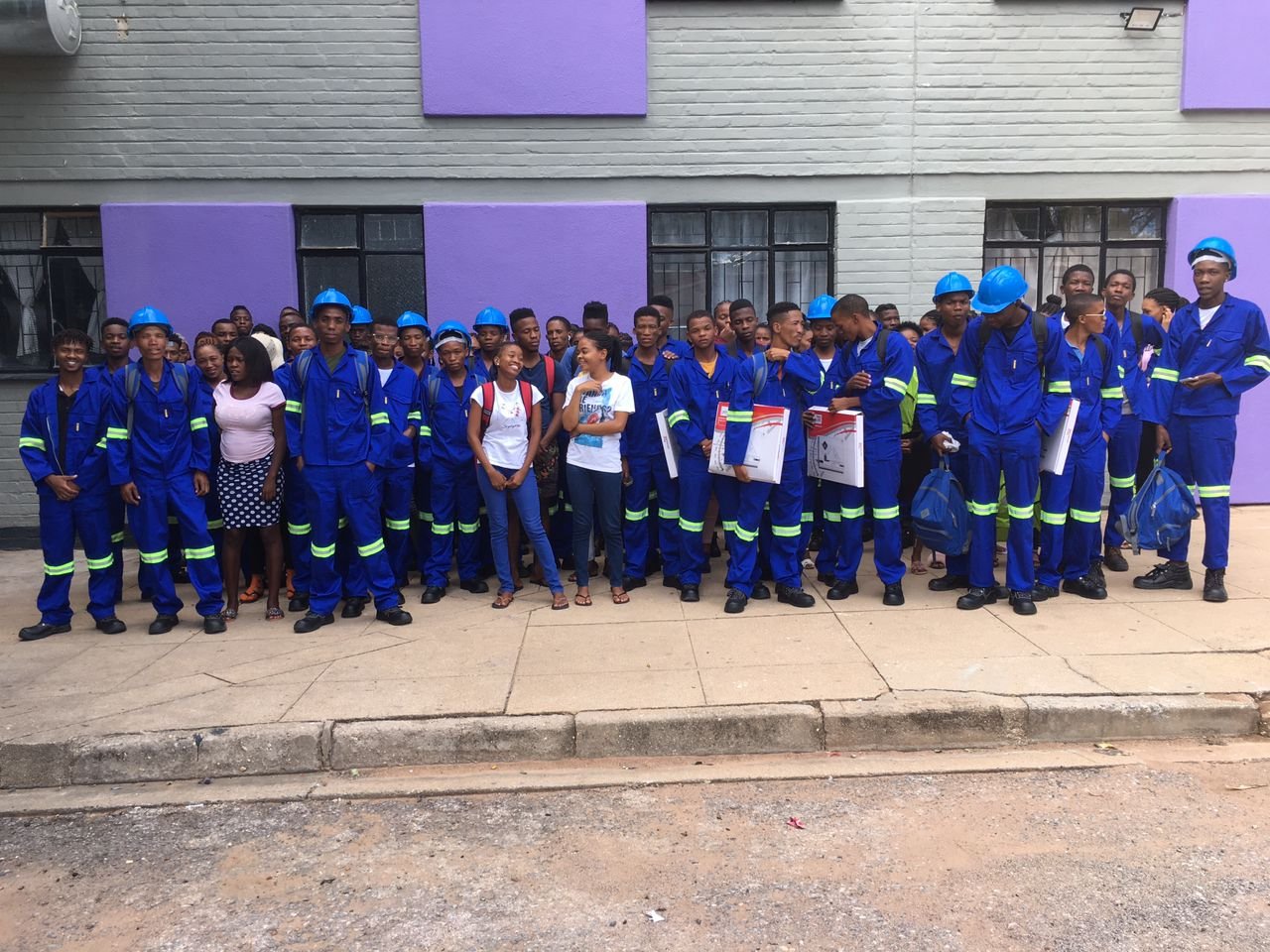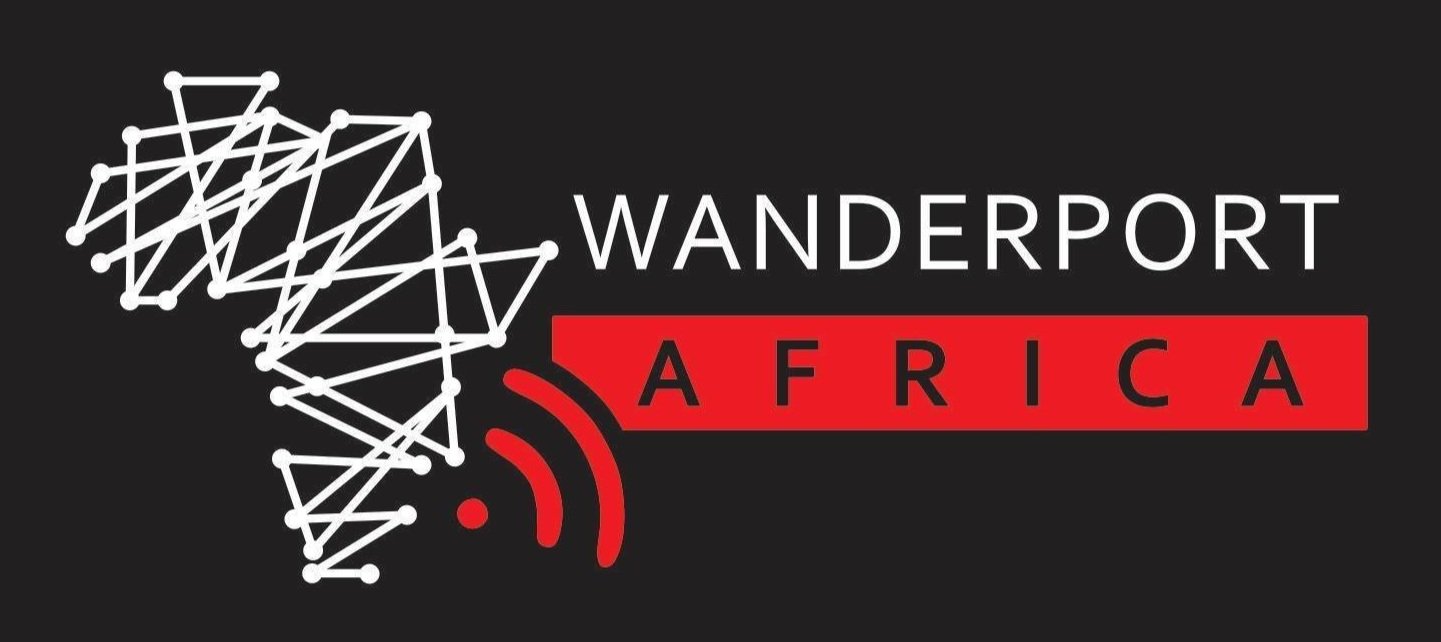Namibia
Background
Namibia is one of the world’s most unequal countries, 2nd only to South Africa (2019). San and Nama communities are heavily affected by this inequality. The highest incidence of multidimensional poverty is reported amongst the population whose main language is Khoisan (93%; National Statistics Agency survey, 2021).The San population includes many groups: Ju|’hoansi, !Xun (or !Kung), Hai||om, Naro, Khwe or !Xoon. Widespread poverty among the San is attributable to interrelated, partly conditional factors, including:
Lack of access to land/lack of secure land tenure;
Limited post-settlement support/lack of
access to productive assets;
Very low levels of education;
Discrimination and culture; and
Limited political representation, participation and consultation
*Dots on map indicate main areas of investment
Based on 3 years of SDP1, Palms for Life responds to these core issues:
Learning Poverty: Only 1/4 of San children enrolled in grade 1 complete secondary education; ~70% San youth do not have functional literacy (overall, 57% of 10 year olds cannot read a simple text by the end of primary school; 4% of youth have no formal education; 16% of youth have attained, at most, incomplete primary education, 2019).
Lack of ECD Education: Conservatively, 1/10 children in San communities attend ECD centres, with very few trained edu-carers (overall, 1/5 children age 3 years+ attend ECD centres, and less than 25% of edu-carers are qualified).
Poor Social Safety Net Coverage: Only 50% of the poorest quantile is covered by social safety nets (2021). However, in San communities, most households are not covered due to lack of identity documents.
Inadequate Electricity and Internet: Only 3% of San communities have access to electricity; the majority of San communities are not covered by internet networks due to their remoteness.
Lack of Access to Clean Sanitation Systems: ~49% of the population practices open defecation.
Malnutrition
San communities in Namibia frequently lack sufficient food, and malnutrition is common. Food aid is provided by the government and is often the only measure by which San are prevented from starving. Last year, Omaheke region registered 45 deaths of San under the age of five from malnutrition-related complications during the first half of year. It cannot be overemphasised that food insecurity among the San is closely linked to the social, economic and cultural disruption that resulted from their loss of land rights and access to land and related resources. Under the SDP1 Emergency Food Program, Palms for Life supported 345 households with emergency food.
Palms for Life Investment
Over the past 3 years, Palms for Life has invested in a large program in Namibia with the following:
Construction of 6 ECD centres, with varying food gardens;
4 additional centres under construction, serving ~450 learners annually (and growing 2024); enables micro-enterprises at ECDs (charging phones, selling drinks, etc);
Montessori teacher training for over 40 locals (and growing 2024);
ECD jobs for 33 locals, in partnership with government;
ECD educational toy training and production (18 trainees and over 550 toys produced/in-use);
Vocational training for 1,550 youth (and growing, 2024);
Adult literacy training for 53 (and growing, 2024);
Internet provision, serving ~6,800 people;
Boreholes drilled, serving ~200 people (and growing, 2024);
Emergency food relief for ~1,900 households, serving ~13,500 people;
Production of an annual calendar celebrating San culture and heritage, for preservation, education and advocacy;
Numerous MOUs, Agreements, partnership and studies to facilitate implementation.




